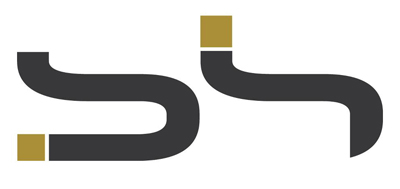lives and works in Whitstable, Kent, UK and London.
Adam Chodzko’s art explores the interactions and possibilities of human behaviour. Working across media, from video installation to subtle interventions, with a practice that is situated both within the gallery and the wider public realm, his work investigates and invents the possibilities of collective imagination through using a poetics of everyday life. By wondering how, through the visual, we might best engage with the existence of others he reveals the realities that emerge from the search for this knowledge.
Chodzko’s art proposes new relationships between our value and belief systems, exploring their effect on our communal and private spaces and the documents and fictions that control, describe and guide them. Working directly with the networks of people and places that surround him, often using forms of anthropology, Chodzko focuses on the relational politics of culture’s edges, endings, displacements, transitions and disappearances through a provocative looking in the ‘wrong’ place; a search for knowledge through instability. His art is catalysed by imagining a collapse of the category of Art, requiring not only a new audience but also a new status for the art object. Chodzko’s practice operates in the tight, poetic spaces he evolves between documentary and fantasy, conceptualism and surrealism, and public and private space, often engaging reflexively and directly with the role of the viewer.
Filmmaker David Bickerstaff produced a documentary for Art360 Foundation on British artist Adam Chodzko. Adam Chodzko’s film shows the artist describing his multidisciplinary practice, which explores the interactions and possibilities of human behaviour through video, installation, photography, socially engaged practices, and performance. Bringing together fragments from diverse fields of knowledge to make work that sits between documentary and fiction, his artworks are propositions driven by the question; if this is our current reality together then what, really, should happen to us next?
Art360 Foundation is an independent UK based charity supporting artists and estates with the creation of archives and legacy strategies.
Els Hanappe collaborated with Adam Chodzko in 2001, 2004, and 2012, organizing solo shows that presented important ensembles of works including Meeting, Limbo Land, Plan for a Spell, Design for a Carnival, Bone Mask Filter Tour, Mask Filters, Ghost Archive, Ark, Next Meeting, Turning Point, and Suddenly we all began…
SELECTED PROJECTS & WORKS
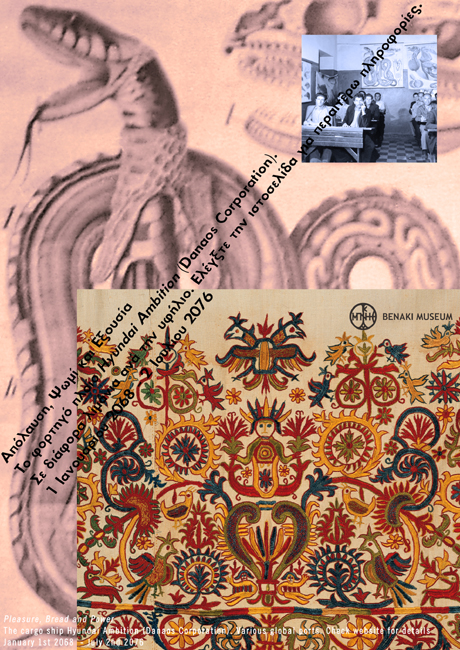
You’ll see; this time it’ll be different, 2013.
Installation at the Benaki Museum Pireos Annexe, Athens, 21 November 2013 – 19 January 2014. The artist was asked to interact and work with the historical archives of the Benaki Museum. The result was a series of advertisting posters for exhibitions set in the future.
20 collages and one single channel video projection with sound.
Ink jet prints on paper with marks by hand. 118,9 x 84,1 cm each.
Unique prints, editions of 1 + 1 AP. Available as a complete series or as individual prints (framed).
For his project, Adam Chodzko stages a retrospective exhibition of imaginary Benaki Museum posters from the near future, installed along the liminal space of the Pireos building’s ramp. Through this poster series, the Benaki Museum is seen to have spread into surprising and awkward venues across Greece, ending up scattered and yet whole. Accompanying this collection of future exhibition posters is a video which documents the various ‘private collections’ that have been custodians of these records of the museum’s activities. Revealing a series of ordinary domestic spaces where these posters have hung – and acquired their ‘aura’ from traces of age and use – we see that, rather than originating from official and national sources, they are on loan from diverse, remote and unexpected places.
I think my interest in embarking on the project was partly the current economic crisis in Greece gradually narrowing down the operations of the museum and yet at the same time witnessing amongst individuals an incredible pragmatism and resistance to these economic limitations. I was also really amazed by the Benaki photographic archive, an incredible collection of images and for it to function, entirely dependent on its custodians’ memory of the images it contains.
The installation You’ll See; This Time it’ll Be Different reflects on the role of the museum in the representation of history, memory, knowledge and tradition, as well as on the conditions of viewing and on the relation between artistic production and the institutional space of its reception.
I find it very useful to think of art developing an incredible significance in society whilst at the same time necessarily going into a state of collapse with the current community that makes it happen. So the “end of art” becomes the beginning of a total combining of art and life and the elevation of art into becoming a fundamental visionary daily event that all of us use.
I think the big danger to our museums and artists – and indeed culture in general – is of increased interference by governments and corporate sponsors who’s priority is business-based maintaining the power of a few. It is a massively short-termist and self-interested approach to try to use art to serve a current ideology, or indeed censor art to avoid art’s questioning of the dominant culture. The global economic crisis perfectly serves a conservative agenda to massively limit the provocative questions an experimental culture could offer, because they don’t make good business sense. At least not in the present. And without difficult and awkward questions a culture soon stagnates and becomes very, very dull.
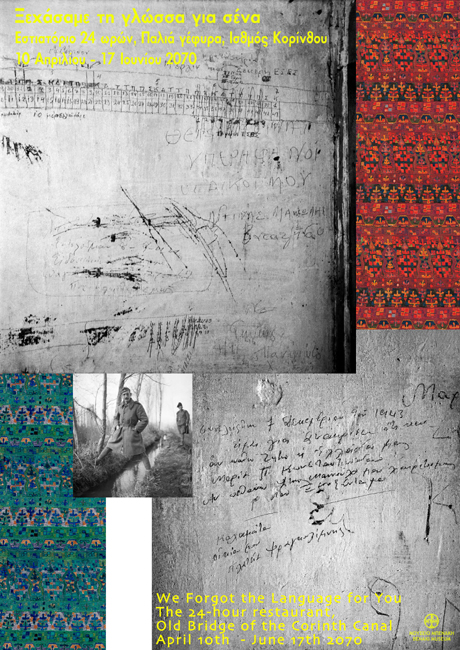
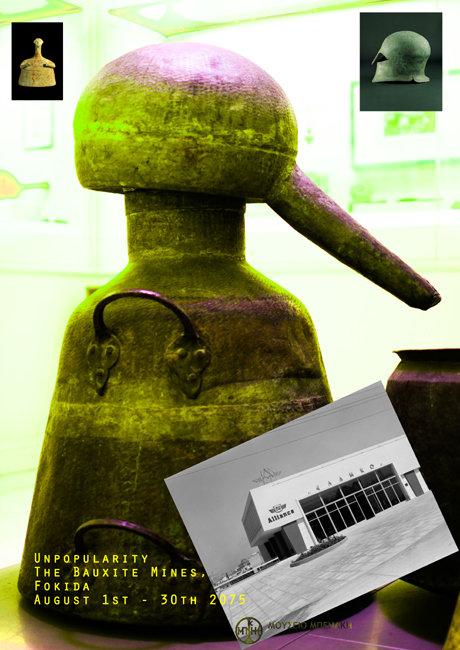
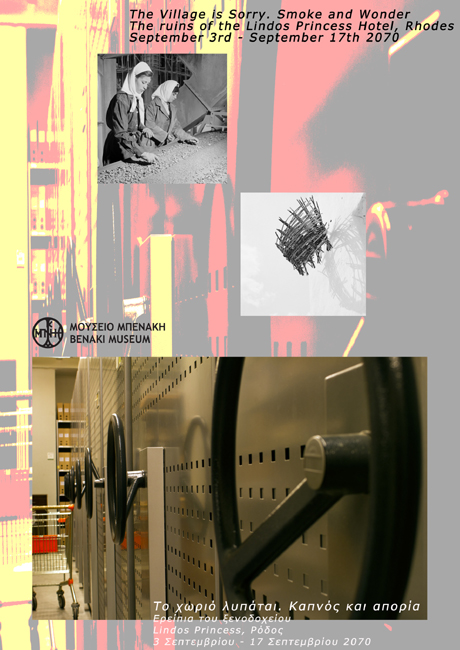
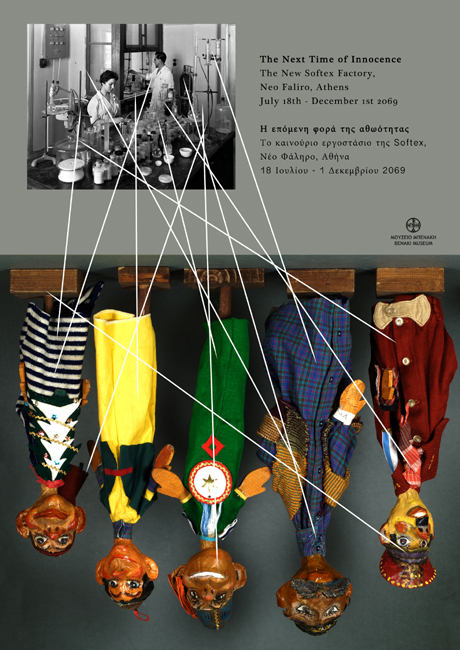
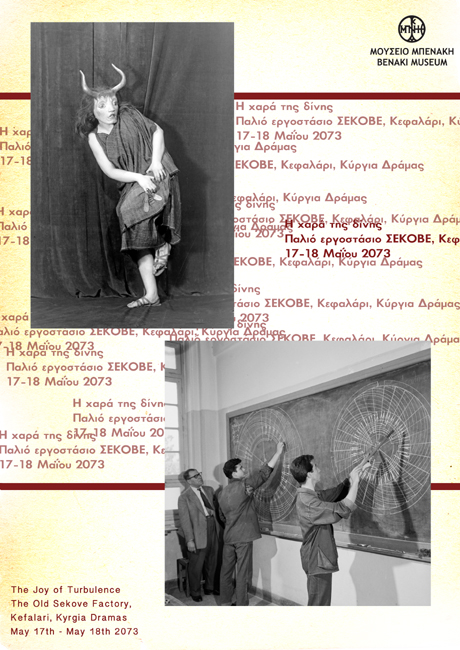
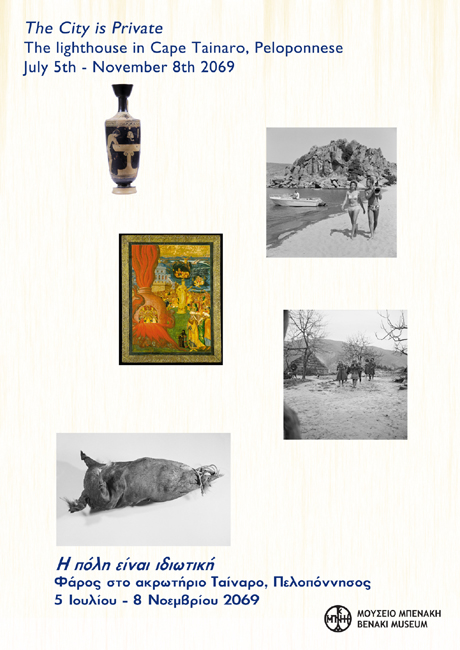
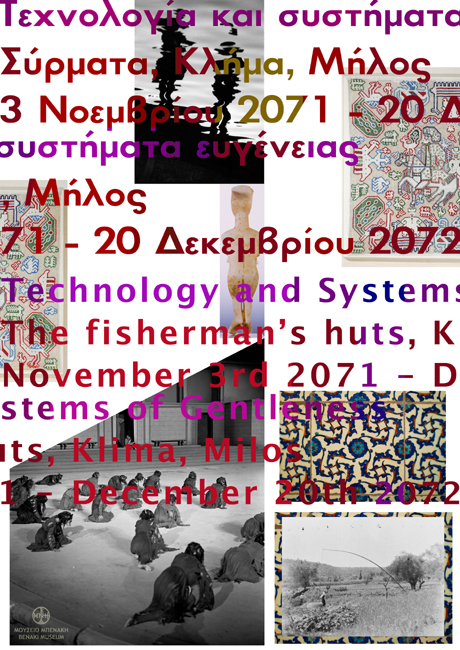

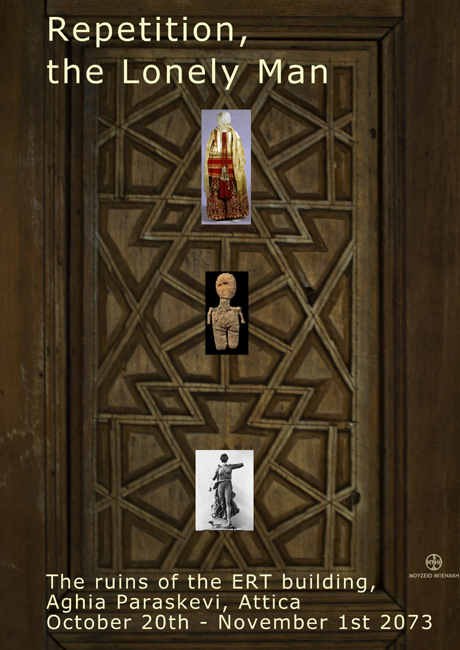

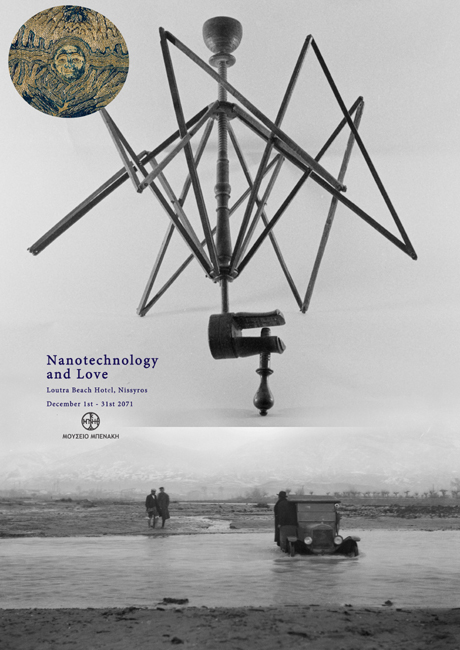
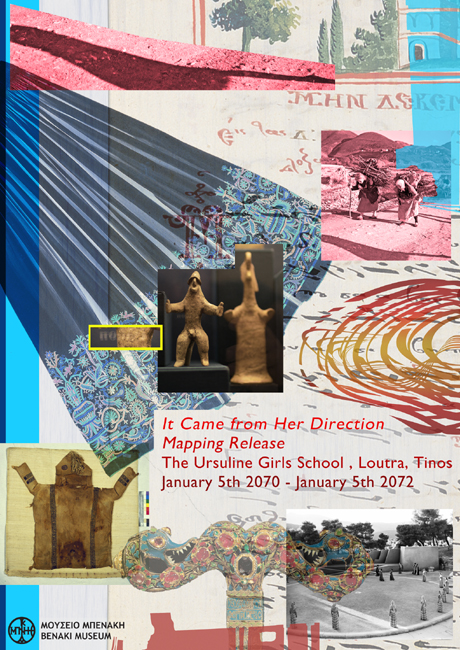
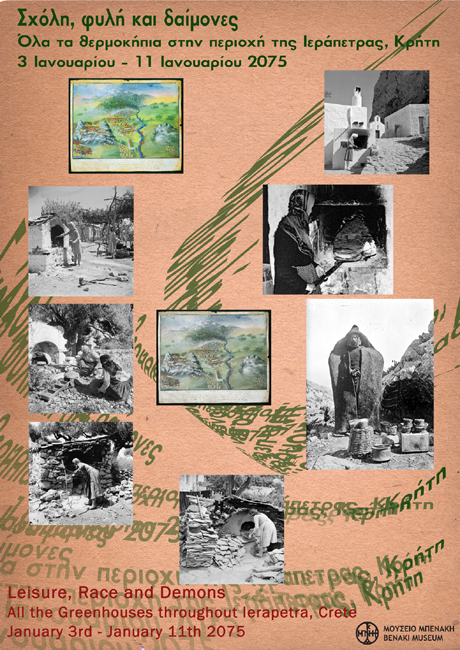
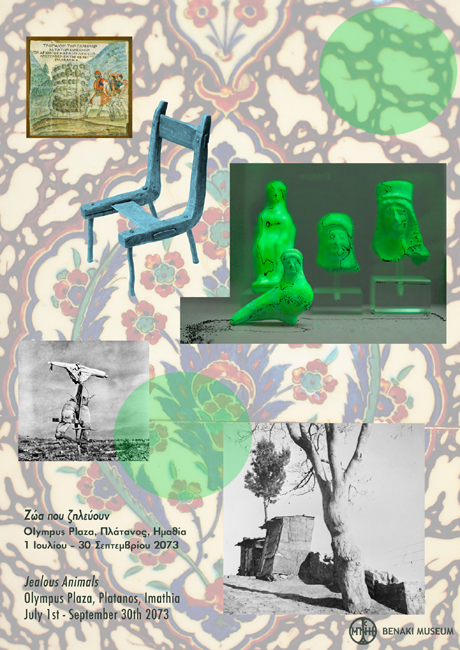
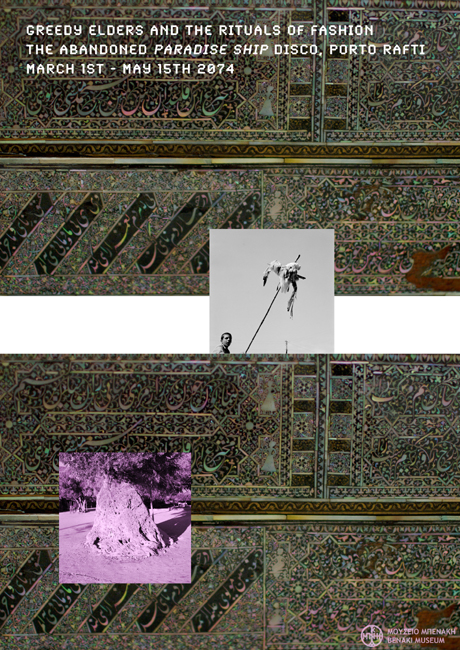
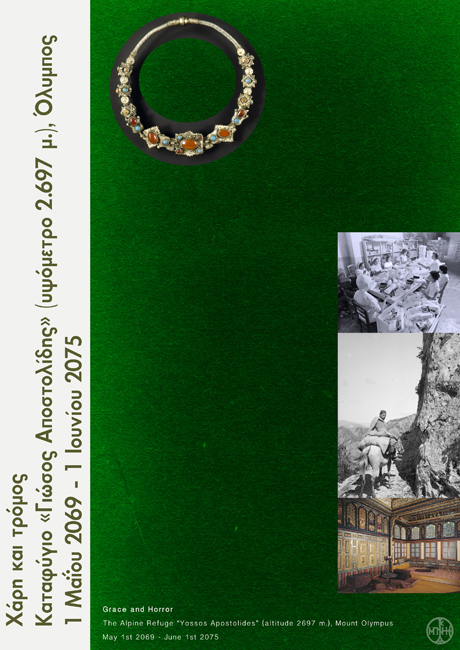
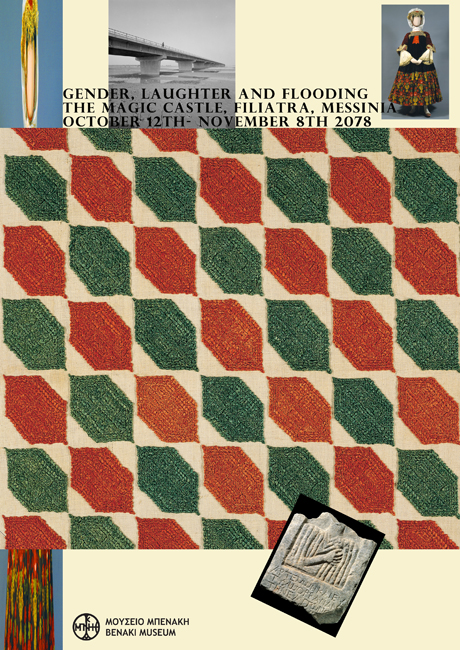

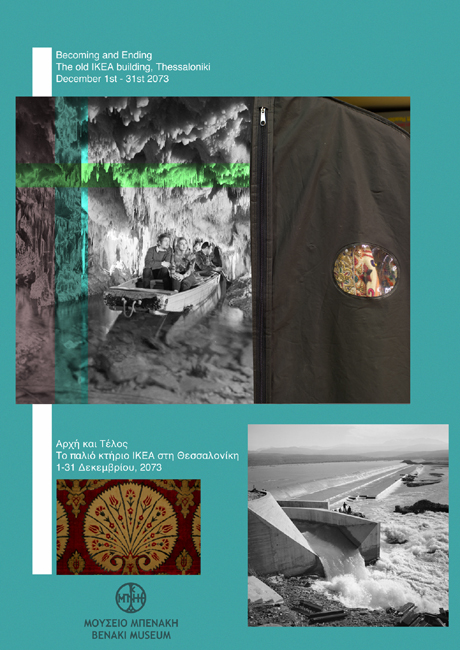



Although. Test Prints for the New Arrivals, 2010,
arose through imagining that by hance, or design, various groups using a print studio/print shop have no other paper to use for their tests decide that they must cut the pages from this book that happens to be lying around. Its information is considered redundant since it was published 3 years before the Iranian revolution. A silk screen image is printed showing a distorted logo from the Iranian Space Agency. Further recycling of the pages see a wood engraving appearing, depicting an image of a black sun, black hole, flower or anus.
As individual prints, each collector is getting something more than an identical multiple, and yet they are also getting something less; it is a fragment of a whole.
Silk-screened two colour monoprint, rolled monoprint and hand-burnished wood engraving onto pages 16-288, “Iran. Rebirth of a Timeless Empire.” by Rene Maheu, Jean Boissel and Bruno Barbey, Published by Grands Livres, 1976. 304mm x 255 mm
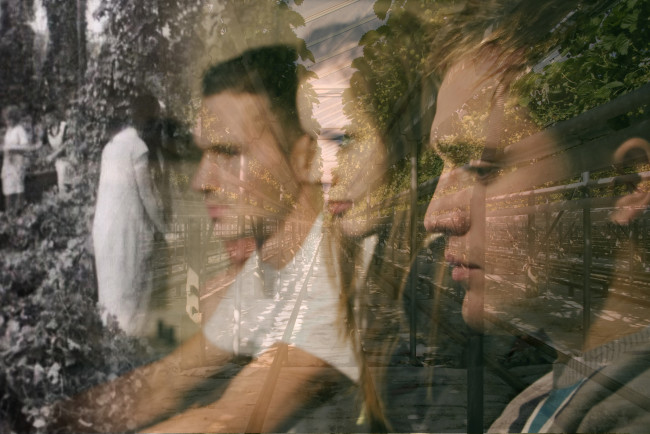
The Pickers, 2009
shows a group of Romanian migrant workers at a UK strawberry farm who alternate their intensive strawberry picking with the editing and mediation of a 20th century film archive of British migrant hop pickers. Sited in a parallel reality distinctions are blurred as to where and when events are set, as they are between notions of labour and leisure, and the identity of an archive and its dissemination. ‘The Pickers’ becomes a dream; a Romanian advertisement to British migrant workers to come to Romania.
Single channel DVD projection with sound. 17 mins 52 secs.
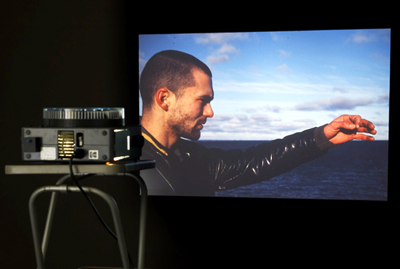
Turning Point, 2007
is a slowly evolving, delicate set of images in which a pin pays a primary role.
A performance for drivers on a bridge
80 x 35mm carousel slide projection. 5 minutes.
Design for a Carnival, 2003
is an evolving project. It exists as a series of videos, re-mixed music, billboard projects, drawings, large scale public art works and small ephemeral events which collectively propose an entirely new form of festival – a model for a community to engage with each other in a way which is full of play and disorder, free from commerce, words, reason, and fixed hierarchies or identities.
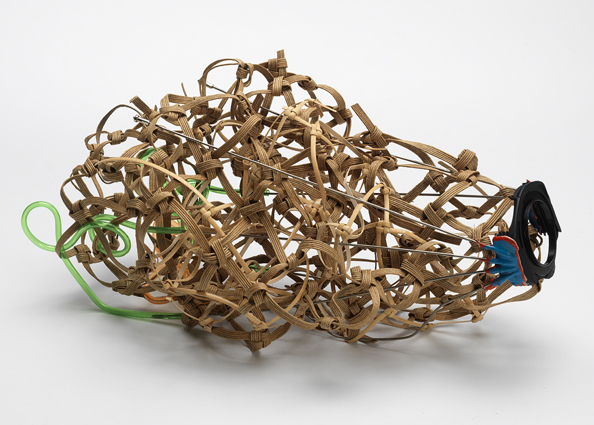
Design for a Carnival, which started out in 2003, is an evolving project. It exists as a series of videos, re-mixed music, billboard projects, drawings, large scale public art works and small ephemeral events which collectively propose an entirely new form of festival – a model for a community to engage with each other in a way which is full of play and disorder, free from commerce, words, reason, and fixed hierarchies or identities. But this is a community which is fragmented – its identity apparently rooted in the ‘local’ yet networked internationally as the carnival migrates across a number of spaces and times:
Lace-making catalyses a new method of DJ-ing; A large billboard sign in Turin announces a meeting in a Hotel bar in Haiti; Local teenagers destroy and carefully reconstruct a woodland sapling; Ants prepare a constellation of sparkling sequins on their ant hill; Baseball caps are burned on flaming pyres; A collaboration with fashion designer Jonathon Saunders, will see a colossal dress specially tailored to ‘garland’ an 80ft high wind turbine. Clothes are swapped between countries and micro-parades are mapped out to vaccilate between places 100’s of miles apart. To document the carnival an elaborate structure made of bones and telephone cable is created as a camera filter, the resulting images acting as a mask for its audience and subject. Together, the outline of an event is being suggested, a tentative sketch, ambiguous, dark, excessive and joyful, far from the safety of the contemporary, commodified, urban street festival. But is everything Chodzko shows us in Design for a Carnival preparation for the carnival’s future existence? Or is what we see the carnival itself; a carnival of preparation, of allusions and ideas, taking place here in the gallery itself?
Later works such as Test Tone for Landscape, Night Shift, Next Meeting, and Bone Mask Filter Tour may be considered spin-offs from the Design for a Carnival project.
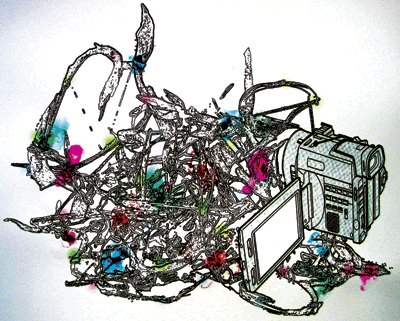
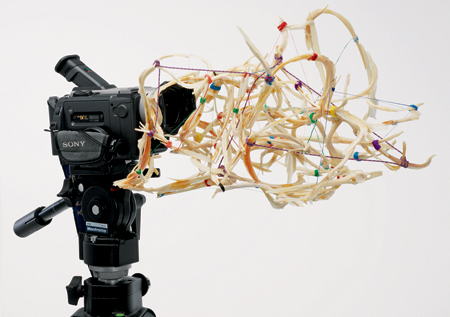

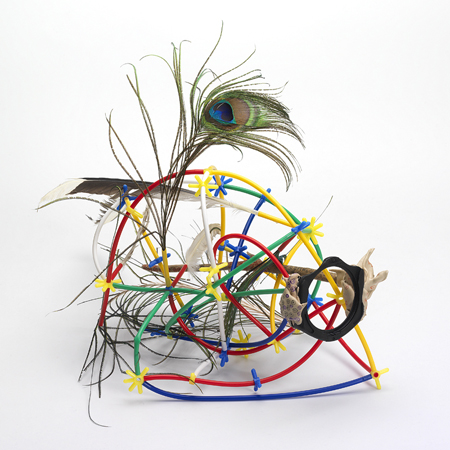
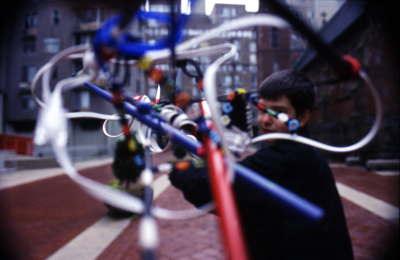

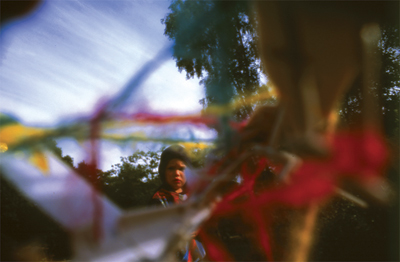
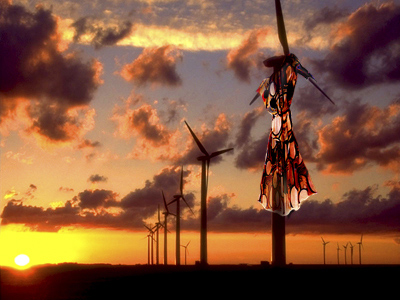
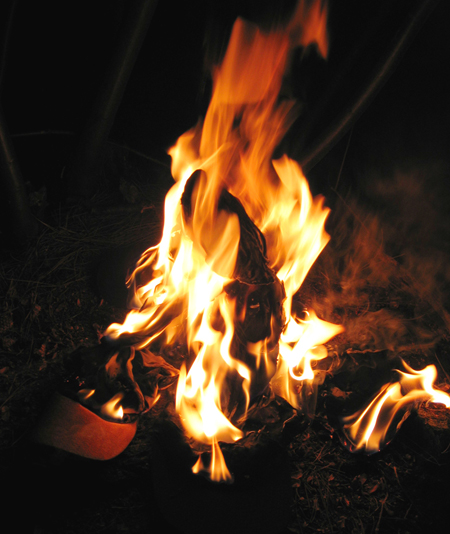
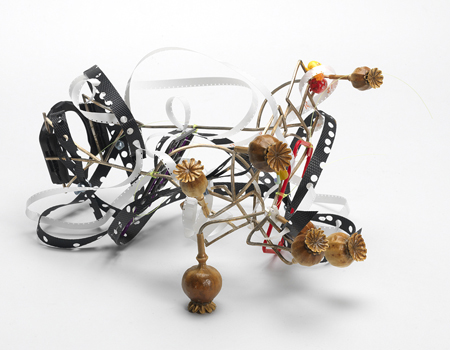
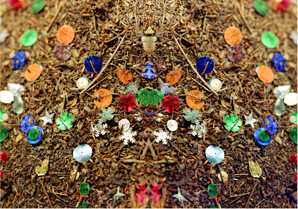
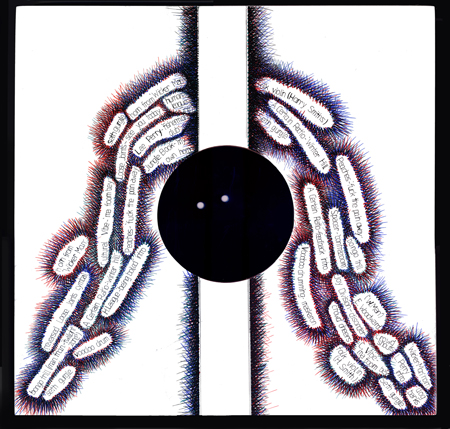
Test Tone for Landscape is made up of five clear, separately numbered, vinyl 12″ records each containing five tracks. Each track is created from domestic ambient sounds (the hum of a fridge, the ‘ping’ of a bowl etc) collected from Adam Chodzko’s home in order to create five different tones along a scale. Each of the five records is to play a separate tone, simultaneously, from five sound-systems placed around an environment (a hillside, a forest, part of a city etc). Various harmonies of a chord can be heard depending on the position of a listener in relation to the location of these five sound- systems as they move through a place. For any area, of any size, the precise positions for the sound- systems can be mapped (at least, poetically) through the markings scratched into the wood grain on each record ‘sleeve’, each sleeve being fabricated from the same walnut- veneered bed headboard (full of the sleeper’s dreams). Each record and sleeve is ultimately allocated to five different owners who then need to return together in order to generate the harmonies from their respective parts of the test tone.
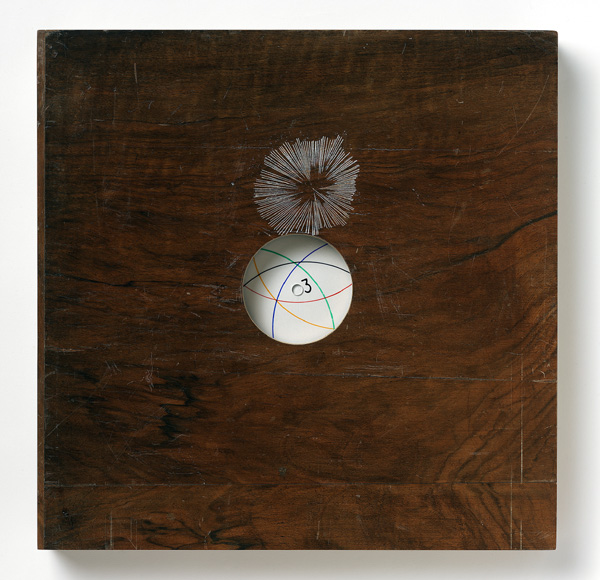
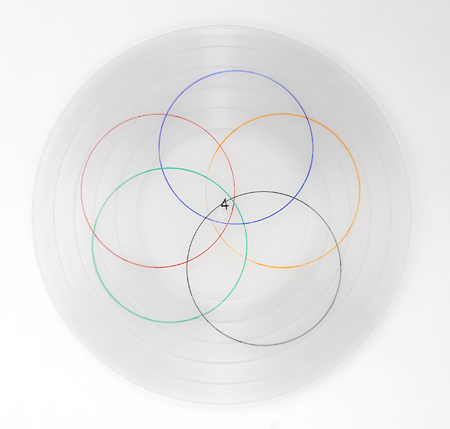
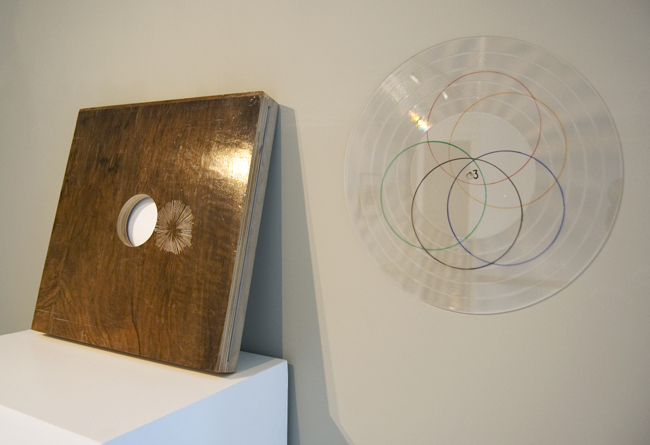
Test Tone for Landscape, 2005, 1 of a series of 5 unique Walnut veneered record sleeves, 34cm x 34cm x 4cm each, and 1 of a series of 5 clear vinyl 12² records and ink.
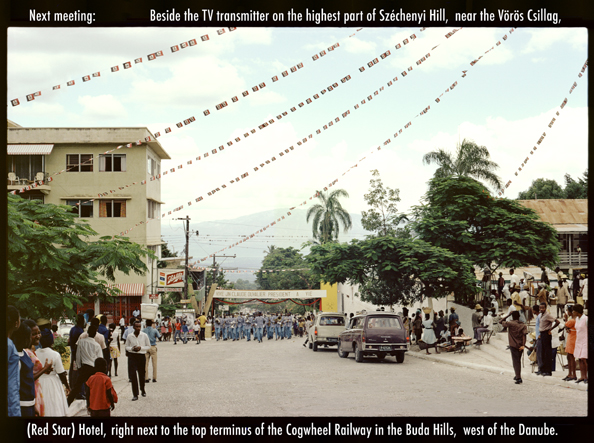
Next Meeting, 2007
For the Next Meeting series Chodzko uses tourists’ ‘amateur’ images, recorded on 35mm slides from a large archive he has amassed, taken on their travels in the 1950’s – early 1980’s, and juxtaposed them with travel directions to particular locations (that might potentially function as a meeting place), from tourist guides published during this same period. Although the details of these directions were accurate at the time of publishing, Chodzko now chooses them because at least parts of them have become obsolete, names have changed, businesses have altered etc. Chodzko selects the images according to their capacity to show some evidence of ‘amateurism’; a wonky angle or a strange composition, and also to show some evidence of their time via clothes or car design and even evidence of political change, but also the film quality itself in terms of colour, grain and degradation.
These images are taken to show the photographer/tourist’s proximity to a place (as a deferred performance to their friends and family, once home).
Each work in this series has just one location in the world where it is exhibited in a remote but public place. So, there’s the place of the image, the place of the text, and the place of the flyposting with the dialogue between them catalysed by their disparity of association.
Colour Photographs. 40 cm x 60 cm. (Editions of 5).
Lithographic Posters for fly-posting. (Editions of 200).
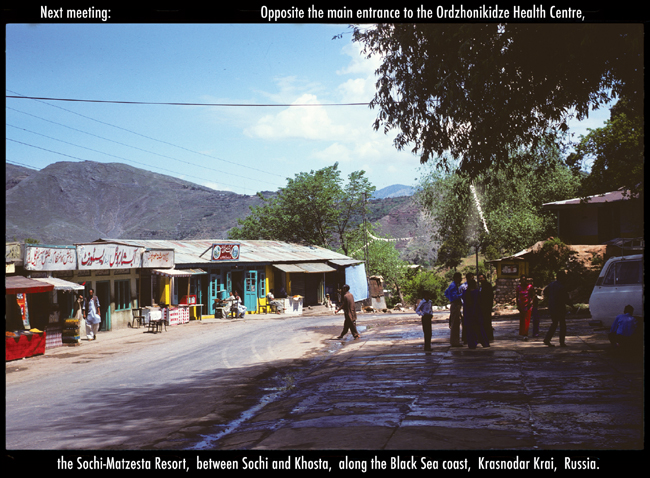
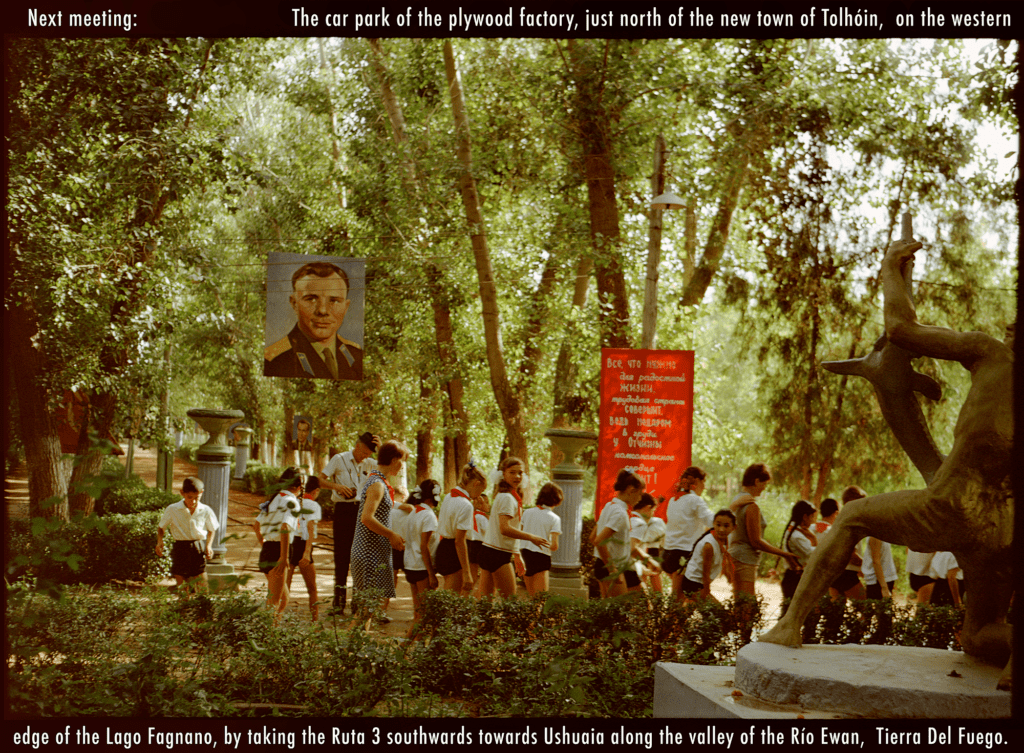

Next Meeting. 2010.
En route to Murree, Pakistan 1978, by unknown tourist.
Going to Russia? A popular guide for Tourists. 1958.
Fly-posted in Toronto 2007.
Photograph, 40 cm x 60 cm, Edition of 5 + 3AP¹s.
Next Meeting. 2010.
Tashkent, Pioneer Camp, 1967, by unknown tourist.
Insight Guide. Argentina 1991
Billboard poster on coastal path between St Ives and Zennor, Cornwall, UK, 2008
Photograph, 40 cm x 60 cm, Edition of 5 + 3AP¹s.
Next meeting: Beside the TV transmitter on the highest part of Szechenyi Hill. 2010
For fly-posting on Esperidon Square (the old Anna d¹Or Cinema), Glyfada, Athens.
Haiti, 1971, by unknown tourist.
Budapest Guide Book, 1976.
Lithographic Posters. 58,8 x 79,8 cm each. Edition of 200.
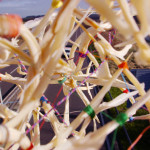
Bone Mask-Filter Tour, 2008
This project starts out from the Mask-Filters, a series of sculptures that have been fitted with a camera lens adapter. The world is seen through of ‘mask’ of fish bones, chopsticks, quills, …
Colour Photographs. 35cm x 23.2cm each.
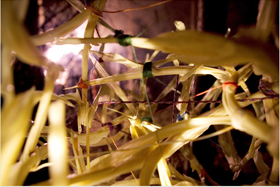
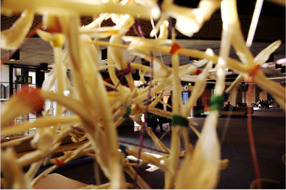
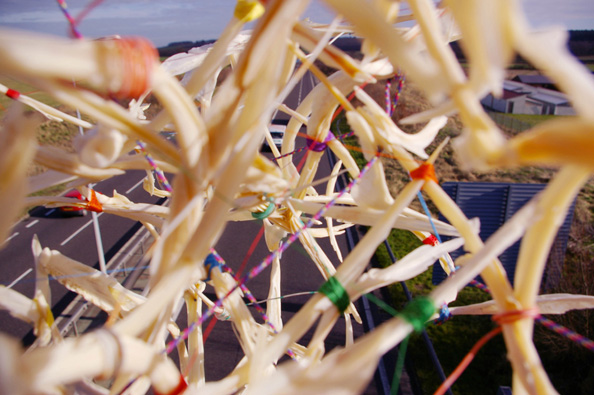
Bone Mask-Filter: foyer, 2008, (Bone Mask-Filter Tour), photograph, 35cm x 23.2cm, Edition 5 + 3AP’s
Bone Mask-Filter: forest, 2008, (Bone Mask-Filter Tour), photograph, 35cm x 23.2cm, Edition 5 + 3AP’s
Bone Mask-Filter: red/white car, 2008 , (Bone Mask-Filter Tour), photograph, 35cm x 23.2cm, Edition 5 + 3AP’s.
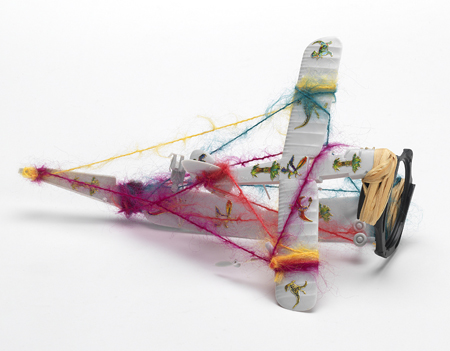
Mask Filter, 2004, camera lens adapter, plastic bi-plane kit, mohair, dinosaur, stickers, raffia
Mask Filter, 2004, camera lens adapter, chopsticks, ribbon, fishing line, beads, paint.
The Music from Float 17, as It Stops Briefly under the Fly-Over, as It Makes Its Way in to the City, 2003, dub plate, MDF, and ink
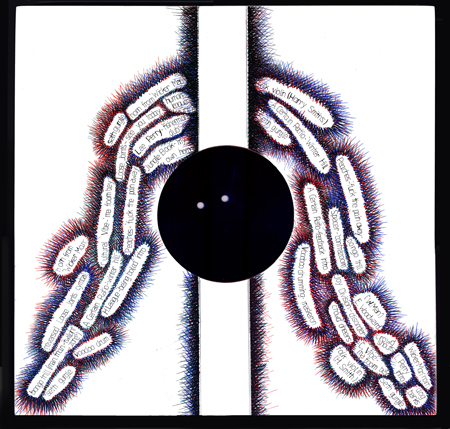
For all works listed and information on other works by the artist, please contact els@siakos-hanappe.com
For extensive information on the artist and his oeuvre, please consult the artist’s website at www.adamchodzko.com
or watch any of the following YouTube clips:
TateShots: Adam Chodzko at Tate St Ives
TateShots: Contemporary Responses to Kurt Schwitters
Adam Chodzko: Rising
Rising: Future of the Race (audio clip)
The Pickers (excerpt) 2009
Adam Chodzko: Echo
Echo (excerpt) 2009
Sculpture in the City 2015: Ghost by Adam Chodzko
Pyramid (excerpt) 2008
Hole (excerpt) 2010
Around (excerpt) 2007
Yet (excerpt) 2005
Design for a Carnival (excerpt) 2003
Plan for a Spell (excerpt) 2001
